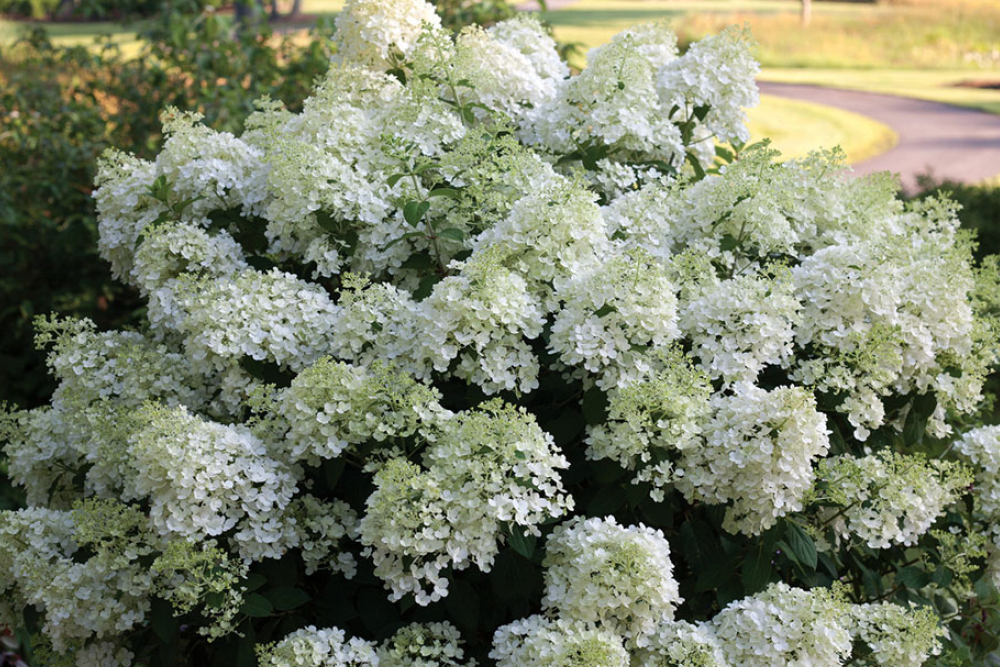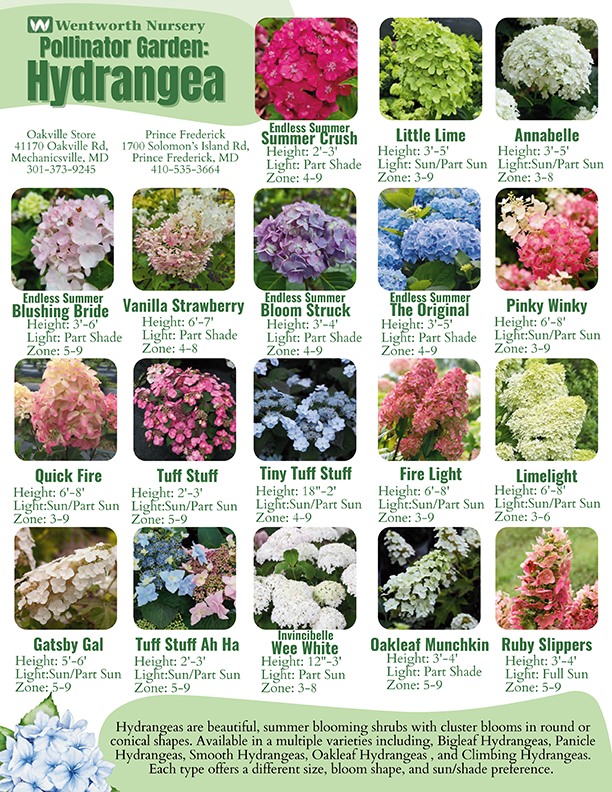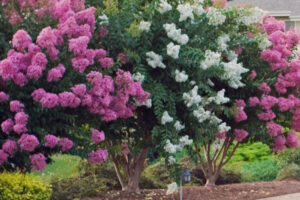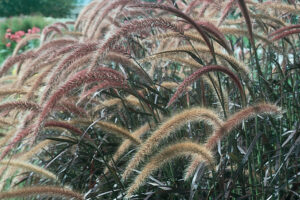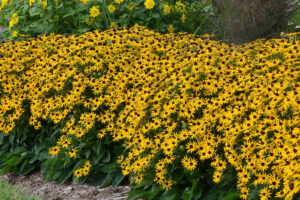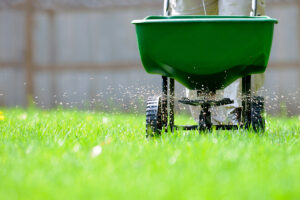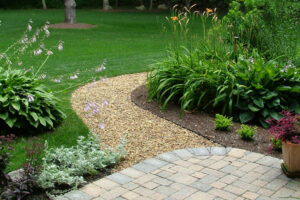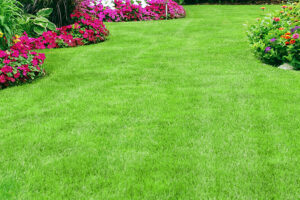Hydrangeas are beloved flowering shrubs known for their lush blooms and versatility in gardens. There are several main types, each with unique characteristics in terms of flower shape, growth habit, and care needs.
Here’s a breakdown of the most common types:
1. Bigleaf Hydrangea (Hydrangea macrophylla)
- Bloom Type: Mophead (large, round) or Lacecap (flat with center florets)
- Bloom Color: Pink, blue, or purple depending on soil pH
- Best For: Coastal areas, shade gardens, container planting
- Bloom Time: Early to mid-summer
- Notes: Most popular type; sensitive to cold. Prune after blooming.
2. Panicle Hydrangea (Hydrangea paniculata)
- Bloom Type: Cone-shaped (panicle) clusters
- Bloom Color: White turning pink, then tan as they age
- Best For: Full sun, colder climates
- Bloom Time: Midsummer to fall
- Popular Varieties: ‘Limelight’, ‘Pinky Winky’, ‘Vanilla Strawberry’
- Notes: Hardy and easy to grow. Can be pruned in late winter or early spring.
3. Smooth Hydrangea (Hydrangea arborescens)
- Bloom Type: Round, full heads
- Bloom Color: Mostly white (sometimes pale green or pink)
- Best For: Shade or part shade, mass plantings
- Bloom Time: Early to mid-summer
- Popular Variety: ‘Annabelle’
- Notes: Native to the U.S. Blooms on new wood, prune back hard in late winter.
4. Oakleaf Hydrangea (Hydrangea quercifolia)
- Bloom Type: Cone-shaped clusters
- Bloom Color: White aging to pink or rust
- Best For: Naturalized or woodland gardens
- Bloom Time: Early summer
- Unique Feature: Large, oak-shaped leaves that turn red or purple in fall
- Notes: Native to the southeastern U.S.; tolerates dry shade well.
5. Mountain Hydrangea (Hydrangea serrata)
- Bloom Type: Similar to lacecap Bigleaf, but smaller and more delicate
- Bloom Color: Pink or blue (acidic soil = blue)
- Best For: Cooler climates and shady areas
- Bloom Time: Early summer
- Notes: Hardier than Bigleaf; great for woodland edges or containers.
6. Climbing Hydrangea (Hydrangea anomala subsp. petiolaris)
- Bloom Type: Flat lacecap clusters
- Bloom Color: Creamy white
- Best For: Vertical growing on walls, fences, or trees
- Bloom Time: Late spring to early summer
- Notes: Slow to start, but vigorous once established; needs sturdy support.

